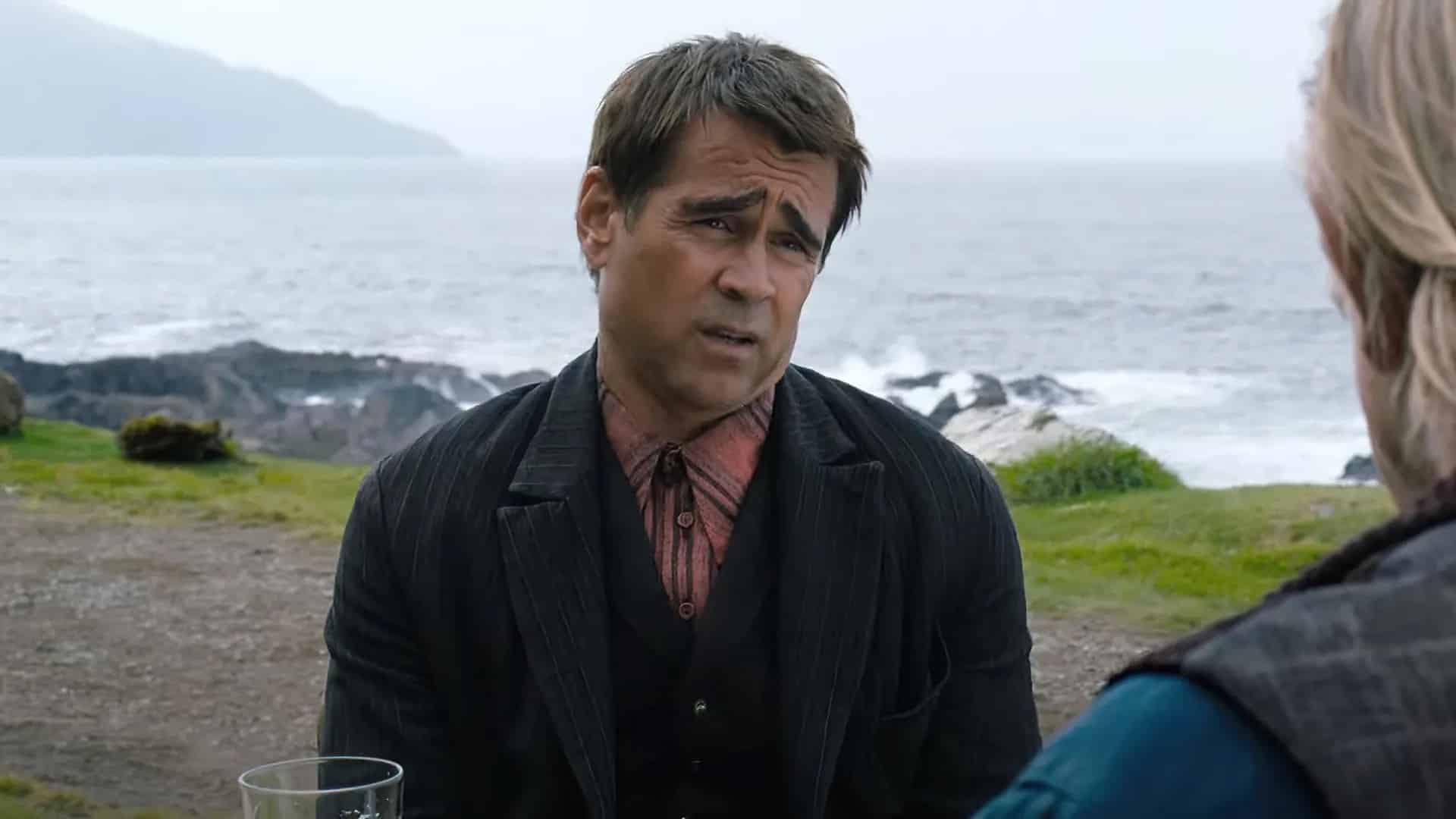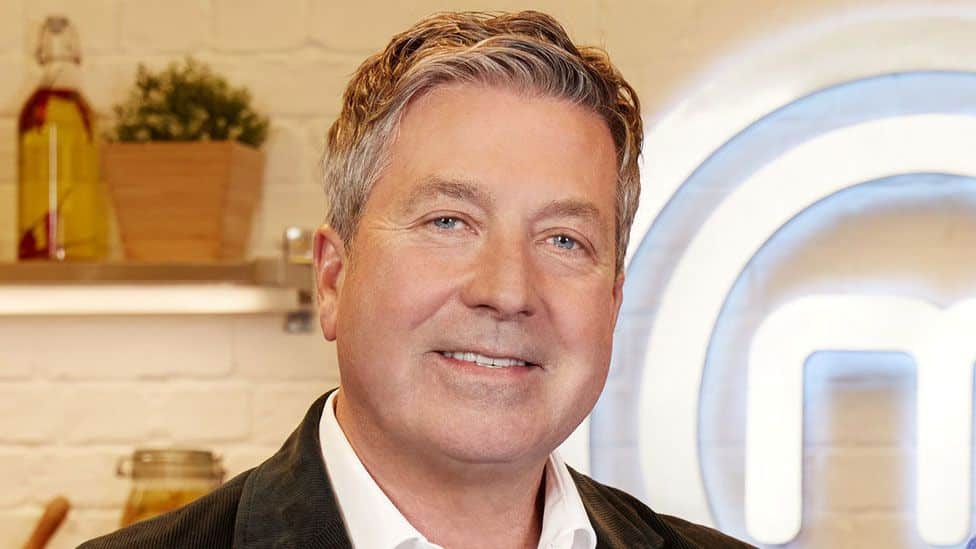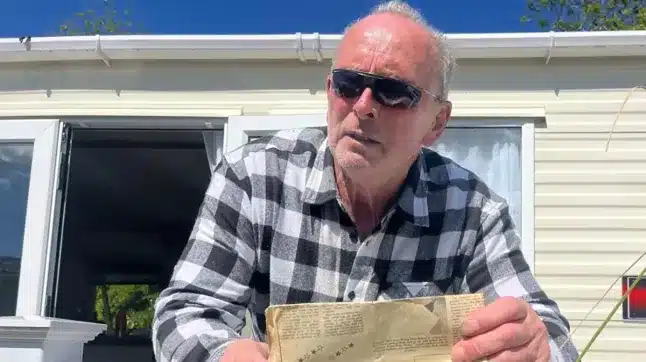If you’ve been reading the site over the last few days then you’ll have heard the recent furore about Palcohol – the powdered form of alcohol that looks set to take the United States by storm – and its alleged approval by the U.S. Alcohol and Tobacco Tax and Trade Bureau and the subsequent revelations that it wasn’t actually approved.
As soon as I wrote the article an old buddy emailed me to say that he was pretty excited about the article, as he had worked on a similar project during his time at university studying for a degree in chemical engineering. I thought it might be a good idea to hit him up and ask him about Palcohol and how he made it and its potential effects, as obviously it’s in the news now and nobody really knows anything about it, other than it’s powdered alcohol and it sounds like it should be a blast.
Here’s what he had to say. For some reason he wanted to remain anonymous so I’ve just referred to him as Palcohol Guy.
SC: Who are you and what do you know about Palcohol?
Palcohol Guy: I was a chemical engineering student at Birmingham Uni back in 2006 when our now seemingly revolutionary lecturers tasked me and a group of fellow students with developing an alcoholic beverage in powder form that you could throw into a glass of water and hey presto have instant booze.
The main driver behind the idea was to get around the logistical issue of transporting huge volumes around the world; if you take your average 4-5% can of beer, when you take out the very small amount of solids in there you’ve got something like 90-95% water.When you consider the cost of transporting that water and the fact that it is pretty much available everywhere you suddenly think wow, we could save a hell of a lot of money if we just add the water someplace else.A good example of someone that does this already is Cadbury chocolate. They produce dehydrated powder called chocolate crumb (kind of like hot chocolate) which is then shipped to places like Bourneville where they rehydrate it and make your favourite Easter eggs.
The flip side of this though, and perhaps more relevant to Palcohol, is that some manufacturers are adamant that the water you use in the product will massively change the taste due to things like hardness etc. One of the big producers with this view is Guinness, so one of the down sides of Palcohol will be quality control
SC: How did you manage to make it?
PG: Firstly we decided on the beverage that we wanted to ‘powderfy’ (that is not a technical term!) and for some reason came up with beer. I think this was down to that fact that the department was once upon a time called the School of Brewing and we were eventually told to because we were taking so damn long to decide.
Anyway the initial steps were fairly simple. In essence we simply took a can of Carling and evaporated off all of the water, except we used a vacuum freeze dryer to make sure we got all of the water out, rather than your standard Bunsen burner. The vacuum dryer basically creates a really low pressure so that it is easier for the water to evaporate. The issue here straight away though was that alcohol is more volatile than water and so if the water evaporates so does the alcohol….
So what we were left with is basically all of the solid components of beer that are normally dissolved. These are the bits that give a beer its taste and also its colour, and considering how much people love their beers (more than wine it now seems judging by the amount of real ale in every pub) these are pretty important parts. Another important part of a beer is the bubbles, however, like the alcohol, these were gone.This is why I think Palcohol have gone with powdered white spirits; much less to worry about and so way easier to theoretically get a decent product.
So we then needed to add in ‘solid’ alcohol and somehow bubbles based on the assumption that you are more likely to reach for a glass of tap water than a bottle of Perrier when you decide to make your delicious powdered beer. For the bubbles we basically took our inspiration from dissolvable paracetomol tablets which contain citric acid and sodium hydrogen carbonate; mix these together with water and you get carbon dioxide bubbles just like those in beer, except the taste will have changed because of the ingredients; another reason why Palcohol will have gone for white spriits.
For the alcohol we basically added dehydrated alcohol which the lab ordered in for us… This is probably the main reason we didn’t taste it, we weren’t in the most controlled of environments and the whole idea was more about a proof of concept rather than going blind in the name of science. I haven’t seen the ingredients of Palcohol so I don’t know if they have used a similar method, my guess would be no though as they could create everything from scratch rather than make a vodka then try to turn it into a powder.
SC: Did it work?
PG: Yes, kinda. As I said we didn’t taste it but when we had our finished powder and added some nice tepid water we had a pint of fizzy liquid that definitely looked and smelled of beer.
SC: Why didn’t you try and mass market it?
PG: We were short sighted and only looked at beer, which as I mentioned has a lot of additional issues you need to get right, maybe if we had tried something with spirits the uni may have tried to market it themselves.
SC: Did it taste good?
PG: Can’t comment but it smelt like Carling….. (so not really that good).
SC: Do you think Palcohol will be a successful product?
PG: Honestly, no. Our concept was built around solving a very real, costly issue experienced by countless manufacturers of dozens of products, the unnecessary transport of water. From an industrial perspective it could be very successful if done right but on a consumer level it’s sort of pointless.
The furthest you might have to carry your beer is from the supermarket to your car/mates bbq, or if you’re splashing out from the bar to your table, and surely if you are in the bar you don’t really want to be stirring your own beer in a glass at £3.50 ago….
I also mentioned the issue of quality control; people like the fact that they can buy a crate of Stella and it tastes the same regardless of where you open it, not to mention the fact that you’ll be very pissed off if you spill your powder all over the floor when you’re shit faced. Our theoretical consumer market was campers/hikers; people that don’t want to carry a load of cans on their back up a mountain but may like a little drink once they set up camp, so maybe it will survive on the counter of Millets next to those cool handwarmers and packs of space food.
SC: Would you advise snorting it or would this have completely fucked you up?
PG: Snorting… physiologically it is just another way of getting the alcohol into the blood stream, personally though I wouldn’t try or recommend it!
SC: Why Carling or was this just the cheapest option (and you didn’t feel like wasting it because it was turd)?
PG: We sent our cheap skate post grad supervisor to the shops. He was a cheap skate so we got carling.
SC: What’s a better name, Redwop or Palcohol? (PG decided to call his product Redwop)
PG: We were trying to be witty and play on the REDRUM thing but with powder…. They obviously want you to know you’re definitely not buying sherbet for little Jimmy.
☛ More Alcohol: How To Quit Alcohol With LSD















